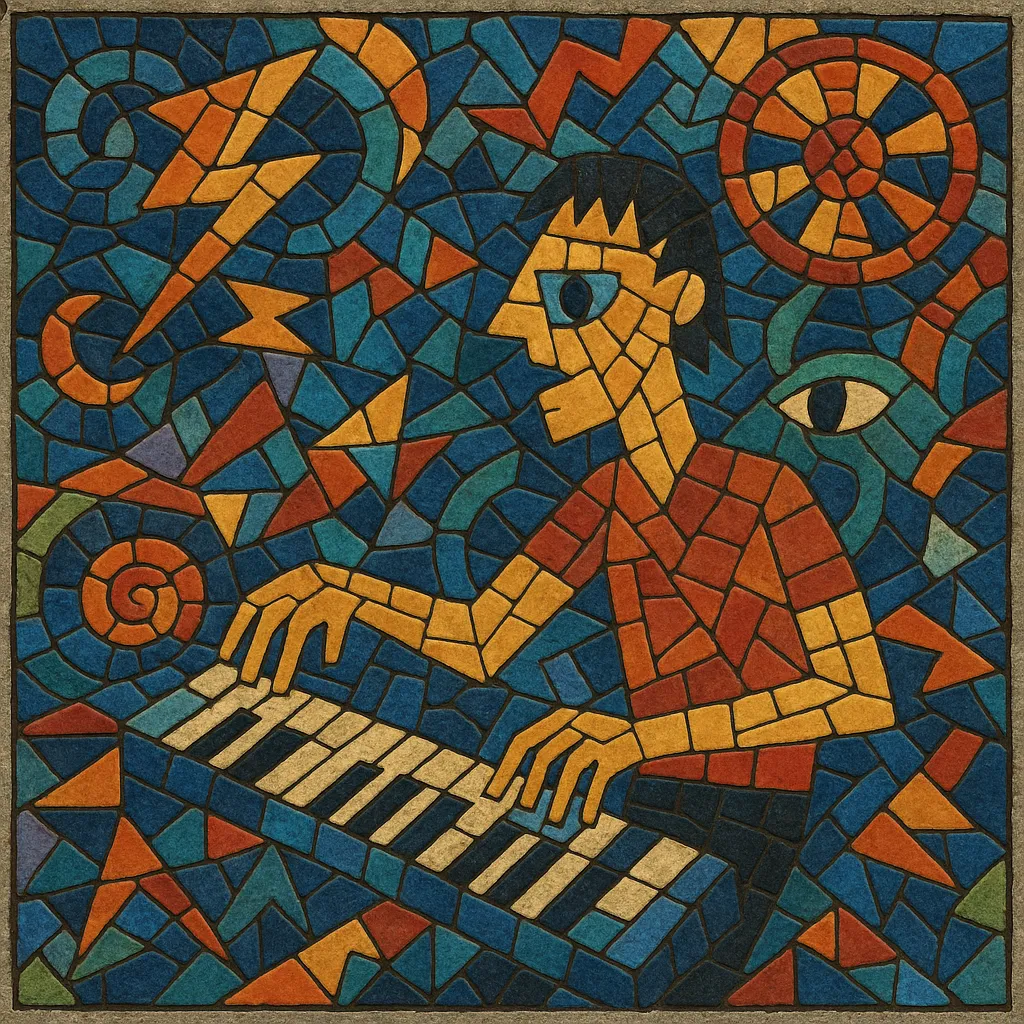Zolo is a quirky, hyper-melodic strain of late-1970s/early-1980s new wave and art-pop characterized by jittery rhythms, staccato guitar figures, rubbery basslines, and bright, cartoonish synthesizers.
Its songs are typically tightly arranged but unusually busy, with sudden stops, metric feints, and modulations that nod to progressive rock and the Canterbury scene while keeping an ear for punchy pop hooks.
Vocals often lean toward playful, neurotic, or satirical deliveries, with lyrics about everyday anxieties, technology, suburbia, and social oddities. The overall effect is energetic and clever—brainy pop that dances between art-rock intricacy and new wave immediacy.
Zolo emerged as punk’s DIY ethos and new wave’s sleek sonics collided with the harmonic twists of art-rock and the playful complexity of the Canterbury scene. In the UK, groups looking to keep punk’s energy but expand its harmonic language began writing pop songs with restless grooves, angular riffs, and abrupt structural turns.
By the early 1980s, a recognizable palette had formed: nervy, syncopated rhythms; tightly interlocking guitar and keyboard parts; vocal lines that bounced between irony and exuberance; and arrangements that smuggled prog-like modulations into concise pop forms. Bands on both sides of the Atlantic refined this template, shaping a micro-scene within broader new wave and post-punk movements.
Zolo prized busy, hook-forward writing: short songs stacked with riffs, counter-melodies, and rhythmic switch-ups. Clean, punchy production placed drums and bass upfront, while bright synths and percussive guitars provided perky, stop–start momentum. The mood tended to be kinetic and witty rather than brooding, with lyrics that skewered modern life’s absurdities.
Though never a dominant chart style, Zolo’s DNA traveled widely. Its cerebral-but-danceable approach prefigured math pop and informed strands of indie pop and alternative rock that value rhythmic trickery and melodic abundance. The style remains a touchstone for bands seeking to fuse pop immediacy with artful complexity.


